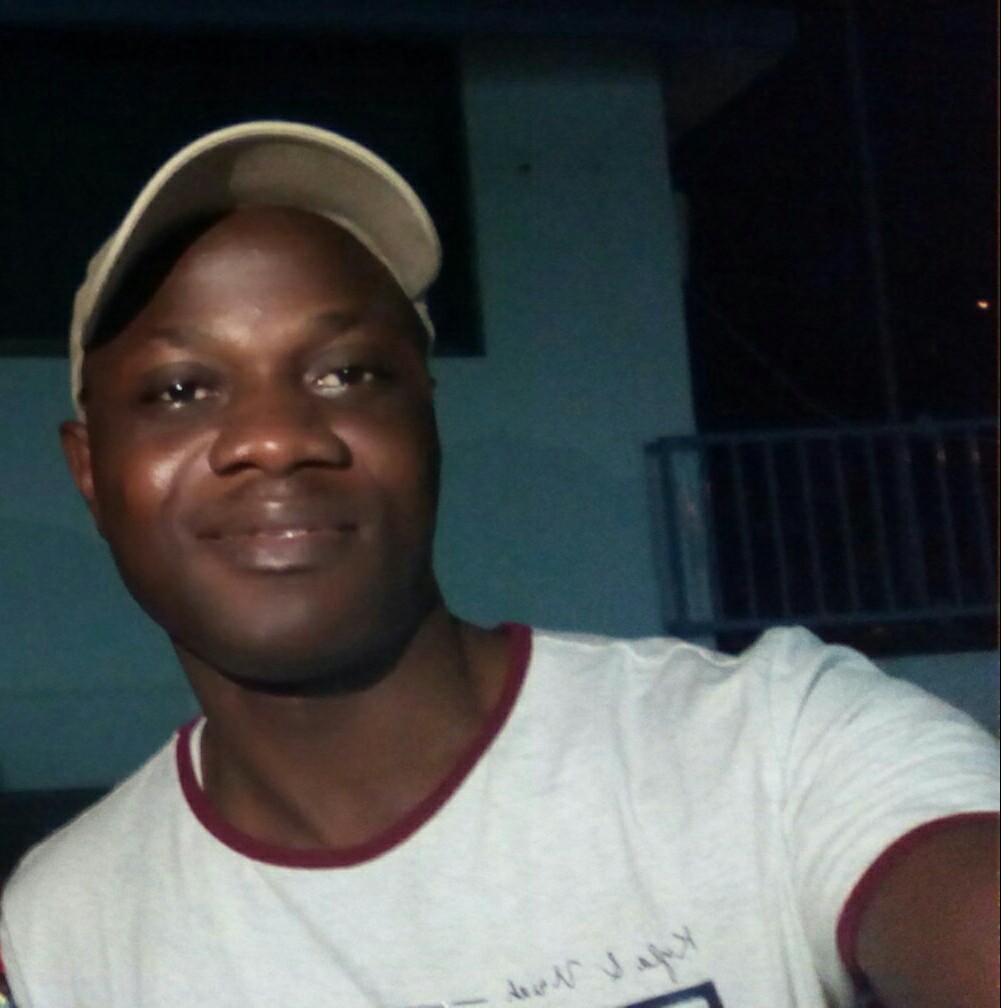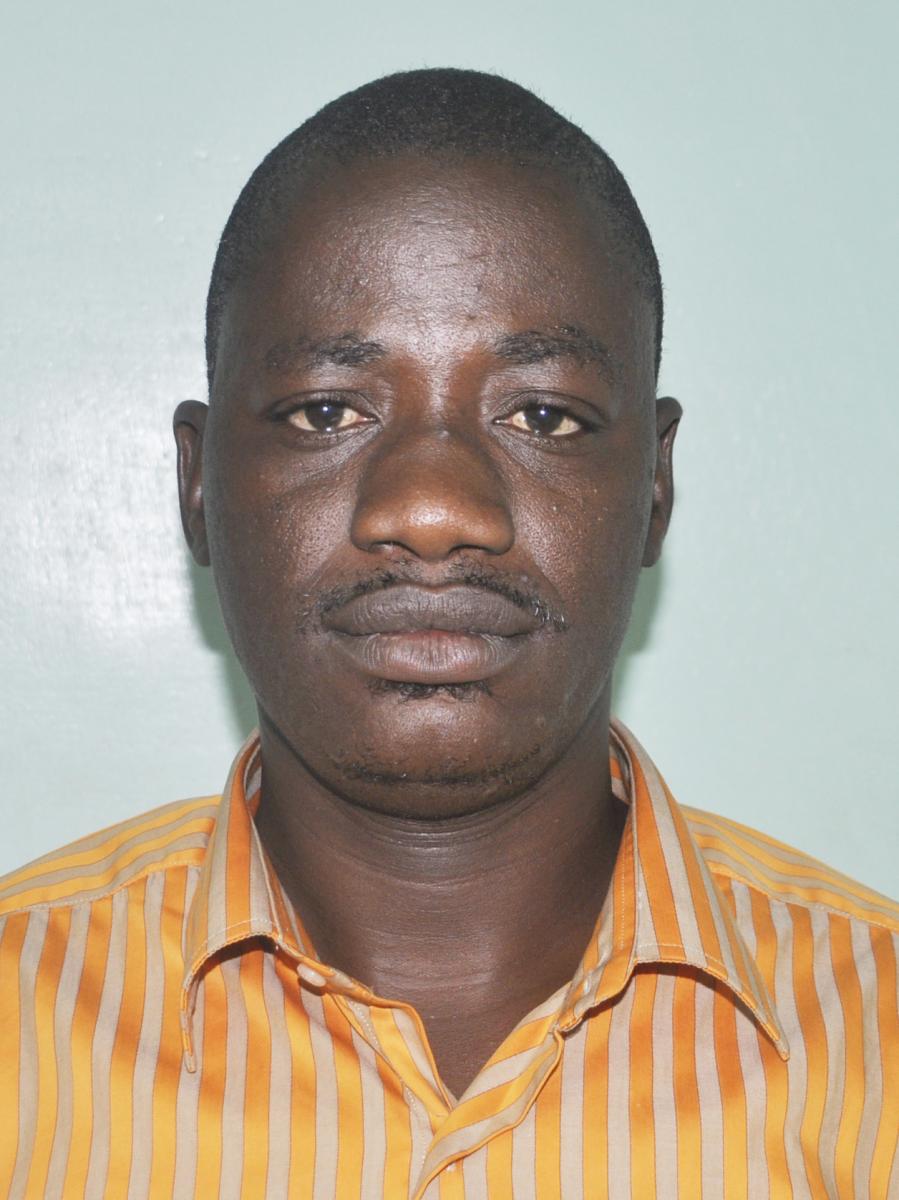The winners of "water and environment" race released
The "water and environment" competition for journalists released its winners on this wednesday 18th july. Two journalists from Burkina Faso and Benin have been awarded
The first prize goes to Mr. Abdou Karim SAWADOGO from Burkina Faso, for his report entitled "Lake Boukou in Bourzanga - an economic lung threatened with asphyxia" published in the daily paper Observateur Paalga on 29 May 2018. Lake Boukou, one of Burkina Faso's major natural water reservoirs, supports thousands of market gardeners and is the ecological lung and economic jewel of Bourzanga, the largest rural commune in Bam province. In view of its irreplaceable role in socio-economic development, the local ancestors named it Boukou, which means "My children are saved" in the local Kouroumba language.
However, this heritage suffers from its anonymity because rarely in the spotlight, it is not one of the favorite themes in political discourse. Its "misfortune" comes from the fact that it is located in the same province as the largest lake in the country, the Bam.
In addition to being almost forgotten, this lake suffers from a strong anthropic pressure which is exerted on it because of a fast-growing population in the locality. The report therefore aims to draw the authorities' attention to the threats to the resource and encourage the promotion of IWRM to save Boukou.
The second prize goes to Mr. Constant TONAKPA from Benin for his cartoon entitled " The mangrove to the rescue of our river banks " published on May 31, 2018 on page 9 of the daily paper LE MATINAL.
According to the author, the work was created to encourage readers to protect the banks of watercourses mainly the maritime marshes by planting trees on the eve of June 1st ''National Tree Day in Benin''. These trees planted on the banks will form the mangrove to promote the development of all living aquatic resources that use this ecosystem called mangrove as a place for laying eggs or shelter.
Tree planting restores the banks and replaces the bad practices previously observed, namely the cultivation of farms along watercourses, a practice that enables silting of watercourses. Once the mangrove is replenished, the fishery resources start to live again. It is up to everyone to ensure the survival and development of this mangrove for a reassuring future for generations.





